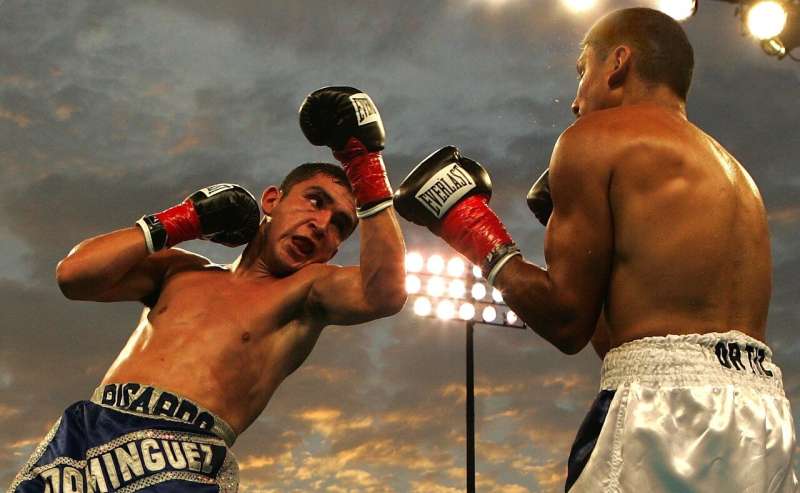This article has been reviewed according to Science X's editorial process and policies. Editors have highlighted the following attributes while ensuring the content's credibility:
fact-checked
peer-reviewed publication
trusted source
proofread
New criteria can identify who may develop chronic traumatic encephalopathy following repeated head impacts

Chronic traumatic encephalopathy (CTE) is a degenerative brain disease linked to repeated head impacts that athletes get from contact sports. However, the definitive diagnosis of the disease can be made only after death through an autopsy.
New research criteria for identifying who may be more likely to develop the disease proved accurate in distinguishing a group who would have changes in brain volume and cognitive skills years later, according to a study published in the June 28, 2023, online issue of Neurology.
The criteria define a condition called traumatic encephalopathy syndrome, where CTE is suspected based on cognitive impairment, behavior changes and other factors.
"These findings suggest that this new diagnosis of traumatic encephalopathy syndrome may be useful in professional sports such as boxing and mixed martial arts and may be helpful in predicting who may experience cognitive decline," said study author Brooke D. Conway Kleven, PT, DPT, Ph.D., of the University of Nevada, Las Vegas School of Public Health.
The study involved a cohort of 130 active and retired professional fighters in boxing, martial arts and mixed martial arts as a part of Cleveland Clinic Lou Ruvo Center for Brain Health's longitudinal Professional Athletes Brain Health Study. Participants had brain scans and took cognitive tests at the beginning of the study.
A total of 52 people, or 40%, met the criteria for traumatic encephalopathy syndrome. Over 80% of those who met the criteria reported that boxing was their only form of fighting. Then participants had annual brain scans and cognitive tests for up to six years.
The people who met the criteria for traumatic encephalopathy syndrome had greater declines in brain volume than those who did not meet the criteria. They also had a faster annual rate of decline in brain volume. For example, in the hippocampus area of the brain that plays a role in memory, those with traumatic encephalopathy syndrome had volumes 385 cubic millimeters (mm3) smaller than those without the syndrome. Those with the syndrome were losing volume at an average rate of 41 mm3 per year faster than those without the syndrome.
The people with traumatic encephalopathy syndrome had slower reaction times and lower scores on all the cognitive tests than those without the syndrome. These differences remained after researchers adjusted for age, education and other factors that could affect test scores.
"Our results suggest that the criteria for traumatic encephalopathy syndrome can identify people who are more likely to have worsening brain shrinkage and cognitive issues over time, while those who do not meet the criteria for the syndrome remain relatively stable," Conway Kleven said. "Further research is needed to validate the accuracy of these criteria in detecting CTE."
A limitation of the study was that athletes reported their own information, so it could not be verified for accuracy.
More information: Neurology (2023).




















